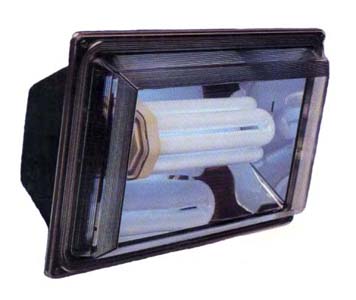Table of Contents
Thanks to our Sponsors
Featured Inuit Dog Owner: Tim Socha
Nunavut Quest 2001
Inuit Dogs in New Hampshire, Part I
Uummannaq: A Special Dog Sledge Expedition
Remembrances of a Spent Life: "Chimo"
Dog News from Iqaluit
The Homecoming, Part III
Fan Hitch Wins Writing Contest Recognition
Product Review: Seeing the Light
Media Review: The Last Husky
Tip for the Trail: A Do-it Yourself Alcohol Heater
IMHO: Looking Forward
Navigating This
Site
Index of articles by subject
Index
of back issues by volume number
Search The
Fan Hitch
Articles
to download and print
Ordering
Ken MacRury's Thesis
Our
comprehensive list of resources
Talk
to The Fan
Hitch
The Fan
Hitch home page
ISDI
home page
Editor: Sue Hamilton
Webmaster: Mark Hamilton
Contents of The Fan Hitch Website and its publications are protected by international copyright laws. No photo, drawing or text may be reproduced in any form without written consent. Webmasters please note: written consent is necessary before linking this site to yours! Please forward requests to Sue Hamilton, 55 Town Line Rd., Harwinton, Connecticut 06791, USA or mail@thefanhitch.org

Let There Be Light
by Mark Hamilton
This is the time of year when we spend the greatest number of hours doing dog chores by artificial light. Daylight arrives late and departs early. For some, it may not even come at all.
Over the years I've used a variety of lamps to illuminate our kennel area. The first was an old operating room lamp. The lens was about 16 inches in diameter and the fixture featured a multi-faceted reflector. It accepted a 300 watt, mogul base lamp and did a pretty good job of lighting up the area. It looked like a big, shiny, ugly aluminum wart on the side of the tree it was mounted on, but it worked OK. The incandescent lamps lasted less than a thousand hours.
The introduction of halogen, reflector flood lights removed the "big, shiny, ugly" from the tree. With a 300-watt fixture we got good illumination, although we did notice a difference in the light pattern. The lamps lasted more than twice as long as the incandescent lamps we used in the old O.R. lamp, a significant benefit for someone who gets no particular joy out of climbing ladders.
Times change. Today we pay significantly more for a kilowatt of electricity than we did fifteen or twenty years ago. I'm sure we all do. Our kennel light usually runs for about five hours every day at this time of year. three hundred watts times five hours multiplied by seven days equals 10,500-watt-hours (10.5-kilowatt-hours) per week. If you knew what we pay per kilowatt, and the number of weeks in our billing period, you'd know exactly what one light alone was costing us. But why should you care what we pay, more to the point is what's the lighting in your kennel/dog yard costing you? That much, huh! How would you like to cut that number by more than 75%?
You can now purchase reflector floodlights built around compact florescent lamps. The one we now have in that tree next to the kennel has five tubes, for a total of 65 watts (see what I mean about cutting your electrical usage more than 75%). This fixture generates more lumens (light) than our old 300-watt halogen fixture and that illumination is quite different as well. It covers a broader area and the light is blue/white instead of the yellow light of conventional incandescent or halogen lamps. It's like working under moonlight, the brightest moonlight you're ever likely to experience. Another benefit is that compact florescent lamps are rated for 10-12,000 hours usage, at least five times longer than those halogen lamps, so I'll be spending even less time on the ladder.
What other differences are there? Is there a down side? A few more differences, no down side. The fixture is 25-30% larger in size than the halogen fixture it replaced, so it's a little more noticeable up in that tree. Replacement lamps cost slightly more than twice that of a halogen lamp. Longer service life more than offsets this difference. Your very first lamp will also offset the higher purchase price of the light fixture (as compared to a halogen fixture). The biggest difference is that you don't have full illumination when you throw the switch. Like the big sodium lamps in the parking lot down at the Wal-Mart, compact florescent lamps have a warm up time. Below freezing temperatures extend the warm up period. You'll have light immediately, you'll be able to see your dogs, but in cold weather it may be a couple of minutes before you can see the expressions on all their faces.
LIGHTS OF AMERICA, Walnut, CA 91789 made our fixture, model #9266. It cost $29.95 (U.S.) and has a built-in photocell so that it can also be used as a dusk to dawn security lamp. These fixtures are available at electrical supply houses, hardware stores and the increasingly common warehouse style home supply stores.
Editor - Have you discovered a dog related product that lived up to your expectations? Alternatively, have you been disappointed by product? Please consider writing a short review and sharing your experience with the rest of us.